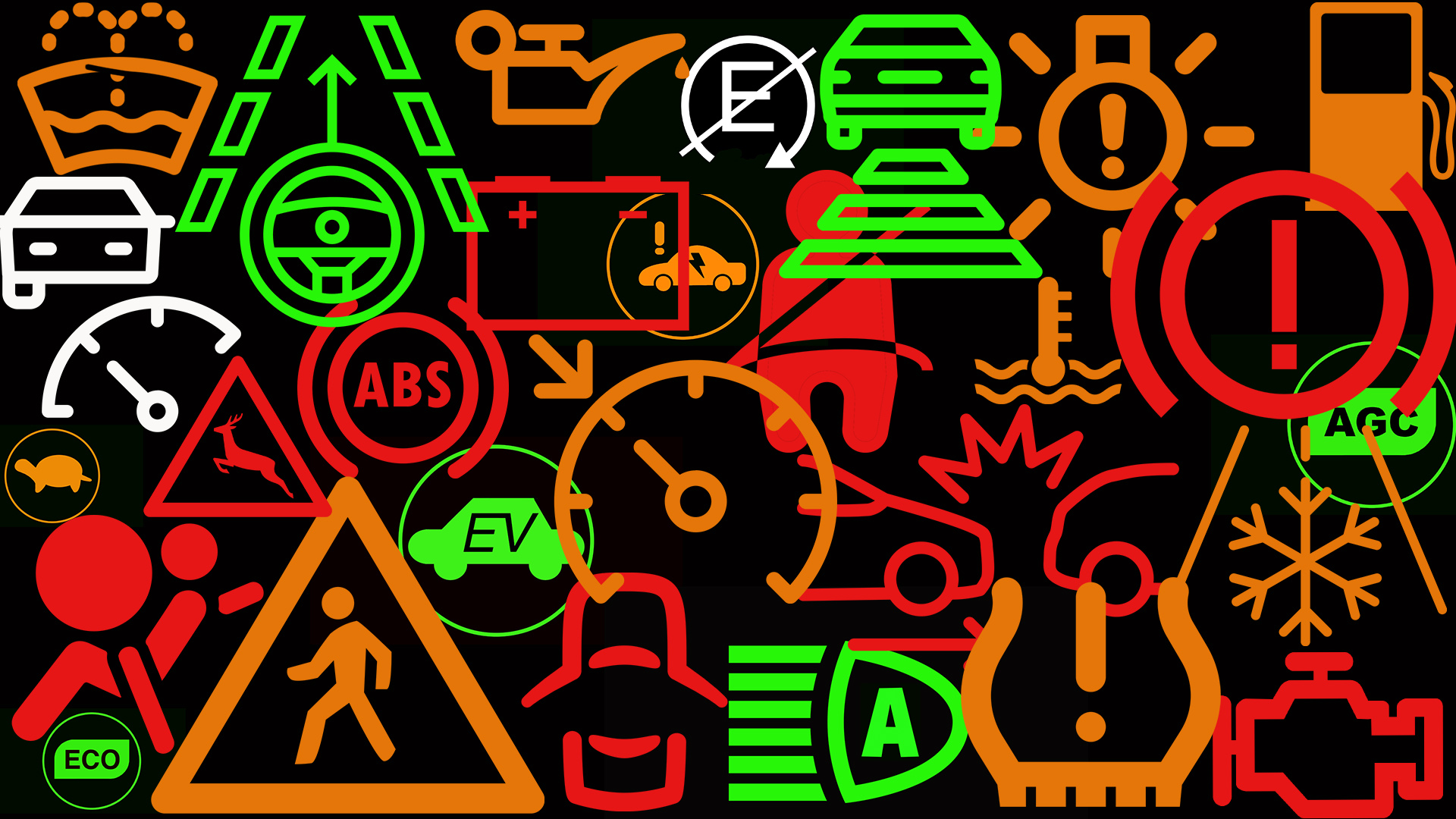
Overview
Understanding the meanings behind dashboard signals is key to vehicle safety. When warning lights illuminate, they provide a valuable early alert to underlying issues. Learning these signals enables a timely response to prevent complications.
Instrument Cluster Basics
Begin with a review of the dashboard layout. Each light has a purpose, often represented by icons that correspond to essential systems. A clear understanding of the cluster helps in deciphering what the vehicle is trying to communicate.
Engine Warning
When an engine light appears, it may indicate an issue with the fuel system, emission controls, or sensor problems. An immediate check of fluid levels and a short test drive can help decide if a professional service is needed.
Battery and Charging
A battery warning typically means that the car’s charging system isn’t performing as expected. Look at the battery terminals and ensure that the connections are secure. If the light remains on, seek further evaluation.
Brake System Alert
A brake warning can point to low fluid or worn pads. Pay close attention to the braking feel and any unusual noises. Reliable braking performance is crucial, so timely intervention is important for continued safety.
Tire Pressure Warning
Modern cars include a tire pressure warning light that signals underinflated tires. Check each tire’s air pressure, as maintaining correct levels contributes to both safety and fuel efficiency. This light serves as an early indicator of tire issues.
Service Reminder
A service reminder light indicates scheduled maintenance. This alert should not be ignored as it guides timely checks and service intervals. Adhering to these reminders helps keep the car operating at peak performance.

Temperature Caution
A temperature warning light is a sign that the engine is overheating. Under such conditions, pull over safely and let the engine cool. Overheating can lead to significant damage if left unaddressed.
Airbag and Safety
Warnings about airbag issues suggest problems within the safety system. Even if the car drives normally, these warnings should prompt an immediate professional inspection. Safety components require extra vigilance.
Instrument Check
Even when no warnings are active, it is wise to routinely verify that all instruments are functioning correctly. A test drive under varied conditions helps confirm that every gauge responds as expected.
Concluding Insights
Understanding each dashboard warning light fosters a proactive maintenance routine. Such insights enable timely responses that can prevent further damage. With knowledge and care, drivers can enhance their safety and preserve the vehicle’s reliability.